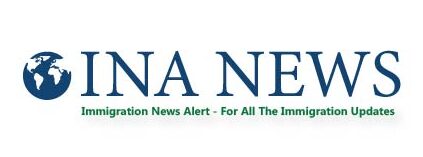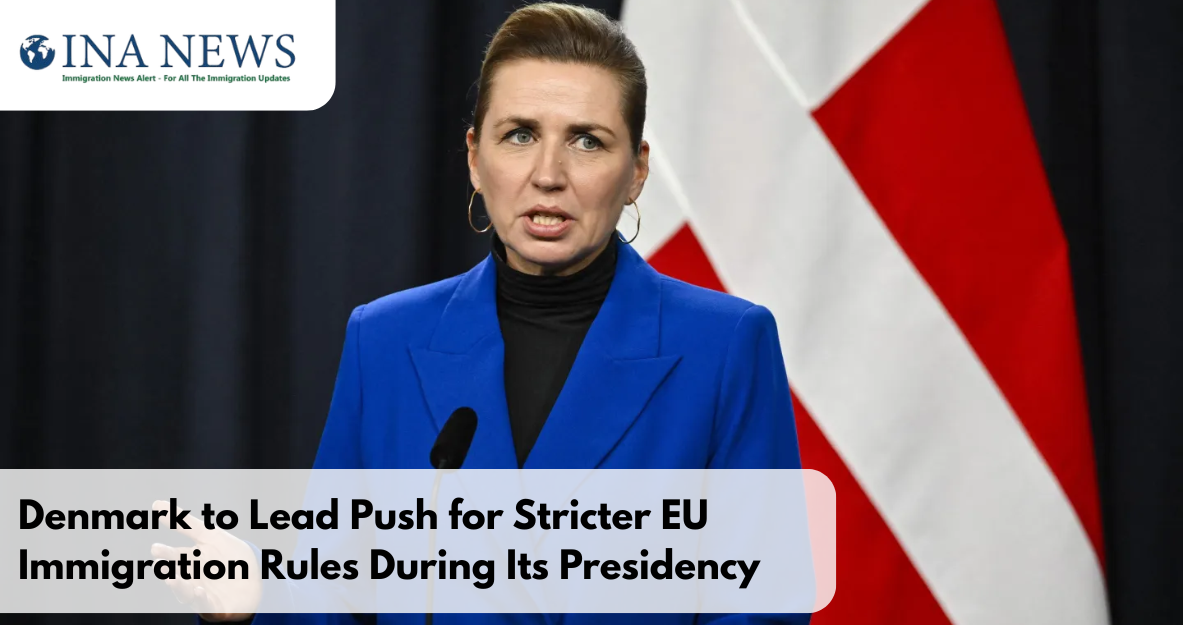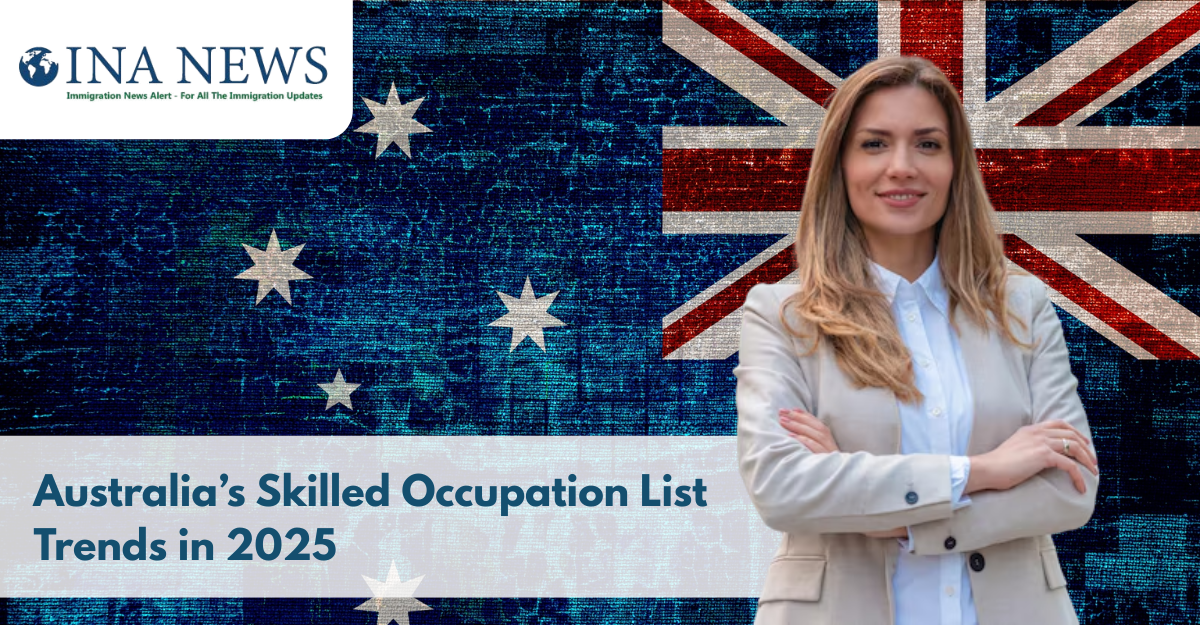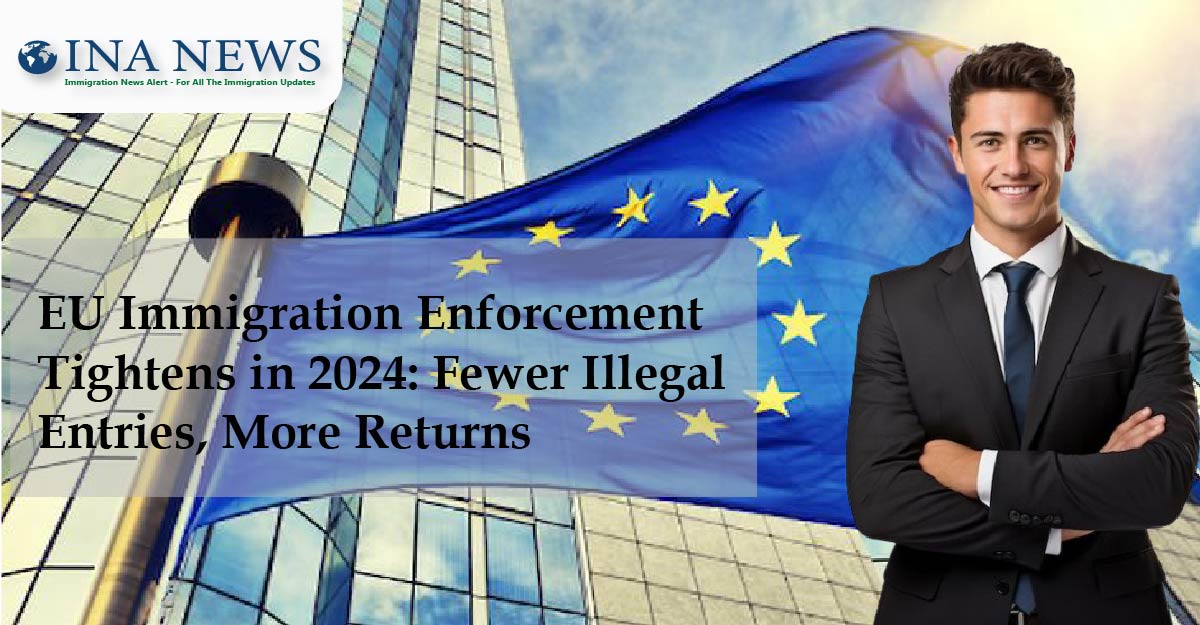As Denmark prepares to take over the rotating presidency of the European Union in the second half of 2025, its government has made it clear that tightening EU immigration policies will be its top priority. In a press conference held on June 19, Denmark’s Minister for European Affairs, Marie Bjerre, announced the country’s ambitious plans to spearhead reforms aimed at curbing irregular migration and enhancing border security across the bloc.
Denmark Sets a Tough Tone for EU Migration Policy
“We need a more secure, stable, and resilient Europe,” Bjerre declared. “And you don’t have that if you don’t have control over the flow of people into Europe.” The minister outlined Denmark’s goal of introducing “concrete proposals and innovative solutions” to reshape the EU’s asylum framework, particularly by revising the criteria for safe third countries and countries of origin. These proposed updates would make it easier for member states to reject ineligible asylum claims and accelerate deportations.
A National Model with Continental Aspirations
Known for some of the strictest immigration laws in Europe, Denmark is positioning itself as a model for the rest of the EU. Domestically, the country has tightened rules on residency and family reunification, launched controversial plans for offshore asylum processing in countries like Rwanda, and even revoked residence permits for Syrian refugees, arguing that certain regions in Syria are now safe to return to.
These measures reflect Denmark’s long-standing approach to immigration—firm, results-driven, and unapologetically focused on national interest. Bjerre emphasized that several EU nations are “very keen to talk to Denmark about migration” and its restrictive, but effective, approach to enforcement and repatriation.
The Political Reality: Europe’s Shifting Centre
The Danish stance comes at a politically sensitive time. Across Europe, rising migrant arrivals have fueled far-right electoral gains and forced mainstream parties to adopt tougher language on migration. Denmark’s government, led by centre-left Prime Minister Mette Frederiksen, has often been cited as a rare example of a left-leaning administration taking a hardline view on immigration without ceding ground to populist parties.
In a 2024 interview with Bloomberg, Frederiksen stated that Europe had been “a bit too late” in addressing surging migration flows, which in turn led to issues of integration, crime, and social strain. Her government’s proactive stance is designed to avoid repeating those mistakes.
Can the EU Find Unity on Migration Reform?
As Denmark takes over the EU presidency, its push for tougher immigration controls is likely to dominate the agenda. But major questions remain: Will other EU nations align with Denmark’s model? Can the bloc agree on reforms in a deeply polarized political climate? And perhaps most importantly, can Europe find a way to balance humanitarian obligations with border integrity and public sentiment?
The answers may begin to take shape under Denmark’s leadership, as the country aims to leave a lasting imprint on EU migration policy.






